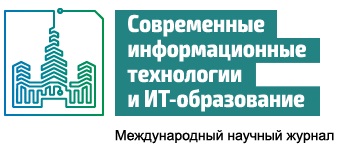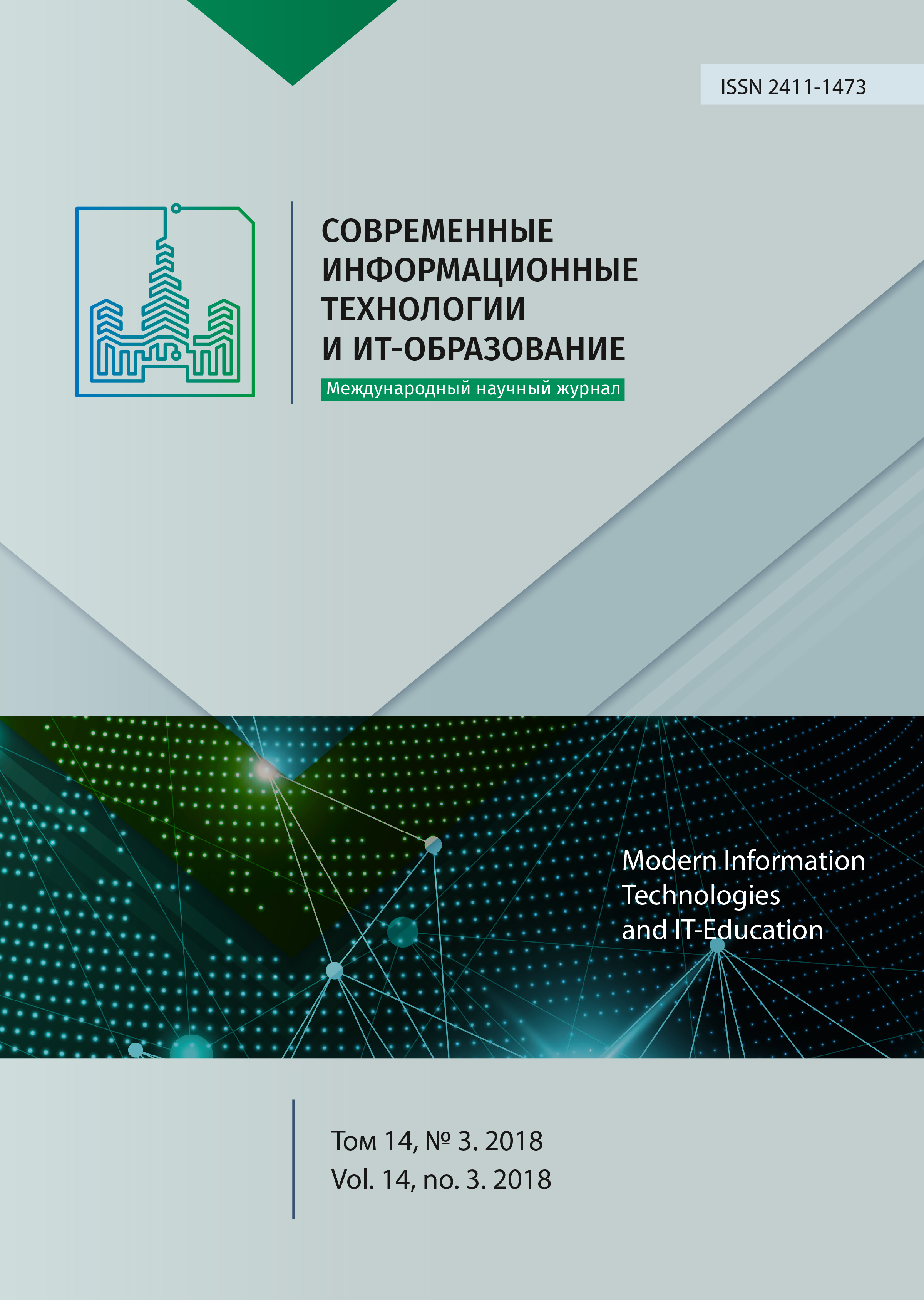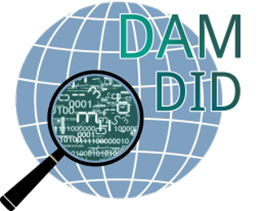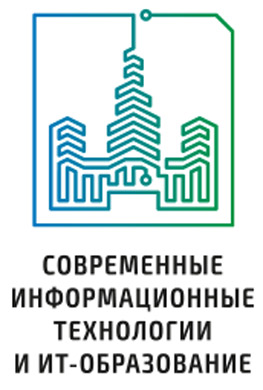ON PATTERNS FOR THE USE OF RAILWAY STATIONS
Abstract
Transport (smart transport) is one of the main components of the Smart City. Accordingly, much attention is paid to the analysis and planning of transport (traffic flows) in cities. Naturally, any analysis should be based on some collected (measured) data. In this article, information about the use of railway stations by passengers is used as such data. This is data on the validation (checking) of travel documents at the entrance to the station and at the exit from it. For each station, the data includes time, the characteristics of the travel document, as well as information on the starting and ending station of the trip. The article is based on the results of work on the design of a new system of urban railways, and this design involves analyzing data on the use of railway stations, both within the city and in the urban metropolitan area. In the paper, the patterns (models) of the use of railway stations are considered. An understanding of how a station is used by passengers is necessary to assess the traffic (passenger traffic) of the transport system, which in turn is the main task at the design stage. Another important point is that usage patterns reflect the current state of the transport system and the urban environment. Accordingly, these patterns (models) can be used in urban analytics and act as indicators and metrics of changes in the urban environment.
References
[2] Kupriyanovsky V. et al. On Intelligent Mobility in the Digital Economy. International Journal of Open Information Technologies. 2017; 5(2):46-63. Available at: https://elibrary.ru/item.asp?id=28314925 (accessed 12.06.2018). (In Russian)
[3] Namiot D. et al. Pedestrians in the Smart City. International Journal of Open Information Technologies. 2016; 4(10):15-21. Available at: https://elibrary.ru/item.asp?id=27191892 (accessed 12.06.2018). (In Russian)
[4] Namiot D. et al. Bicycles in the Smart City. International Journal of Open Information Technologies. 2016; 4(10):9-14. Available at: https://elibrary.ru/item.asp?id=27191891 (accessed 12.06.2018). (In Russian)
[5] Namiot D., Pokusaev O., Lazutkina V. On passenger flow data models for urban railways. International Journal of Open Information Technologies. 2018; 6(3):9-14. Available at: https://elibrary.ru/item.asp?id=32595087 (accessed 12.06.2018). (In Russian)
[6] Namiot D. et al. On the assessment of socio-economic effects of the city railway. International Journal of Open Information Technologies. 2018; 6(1):92-103. Available at: https://elibrary.ru/item.asp?id=32314918 (accessed 12.06.2018). (In Russian)
[7] Namiot D., Sneps-Sneppe M. Customized Check-in Procedures. S. Balandin, Y. Koucheryavy, H. Hu (Eds.) Smart Spaces and Next Generation Wired/Wireless Networking. ruSMART 2011, NEW2AN 2011. Lecture Notes in Computer Science. Vol. 6869. Springer, Berlin, Heidelberg, 2011, pp. 160-164. DOI: 10.1007/978-3-642-22875-9_14
[8] Namiot D., Sneps-Sneppe M. A Survey of Smart Cards Data Mining. Wil van der Aalst et al. (Eds.) Supplementary Proceedings of the Sixth International Conference on Analysis of Images, Social Networks and Texts (AIST 2017). Moscow, Russia, July 27 - 29, 2017. CEUR Workshop Proceedings. 2017; 1975:314-325. Available at: http://ceur-ws.org/Vol-1975/paper33.pdf (accessed 12.06.2018).
[9] Steenbruggen J., Borzacchiello M.T., Nijkamp P., Scholten H. Mobile phone data from GSM networks for traffic parameter and urban spatial pattern assessment: a review of applications and opportunities. GeoJournal. 2013; 78(2):223-243. DOI: 10.1007/s10708-011-9413-y
[10] Ratti C., Frenchman D. et al. Mobile Landscapes: Using Location Data from Cell Phones for Urban Analysis. Environment and Planning B: Urban Analytics and City Science. 2006; 33(5):727-748. DOI: 10.1068/b32047
[11] Google Collaboratory Available at: https://research.google.com/colaboratory/unregistered.html (accessed 12.06.2018).
[12] Ding H., Trajcevski G., Scheuermann P., Wang X., Keogh E. Querying and Mining of Time Series Data: Experimental Comparison of Representations and Distance Measures. Proceedings of the VLDB Endowment. 2008; 1(2):1542-1552. DOI: 10.14778/1454159.1454226
[13] Berndt D.J., Clifford J. Using Dynamic Time Warping to Find Patterns in Time Series. KDD workshop. 1994, pp. 359-370. Available at: https://www.aaai.org/Papers/Workshops/1994/WS-94-03/WS94-03-031.pdf (accessed 12.06.2018).
[14] Keogh E.J., Pazzani M.J. Derivative Dynamic Time Warping. V. Kumar, R. Grossman (Eds.) Proceedings of the 2001 SIAM International Conference on Data Mining. 2001, pp. 1-11. DOI: 10.1137/1.9781611972719.1
[15] Nakamura T., Taki K., Nomiya H., Seki K., Uehara K. A shape-based similarity measure for time series data with ensemble learning. Pattern Analysis and Applications. 2003; 16(4):535-548. DOI: 10.1007/s10044-011-0262-6

This work is licensed under a Creative Commons Attribution 4.0 International License.
Publication policy of the journal is based on traditional ethical principles of the Russian scientific periodicals and is built in terms of ethical norms of editors and publishers work stated in Code of Conduct and Best Practice Guidelines for Journal Editors and Code of Conduct for Journal Publishers, developed by the Committee on Publication Ethics (COPE). In the course of publishing editorial board of the journal is led by international rules for copyright protection, statutory regulations of the Russian Federation as well as international standards of publishing.
Authors publishing articles in this journal agree to the following: They retain copyright and grant the journal right of first publication of the work, which is automatically licensed under the Creative Commons Attribution License (CC BY license). Users can use, reuse and build upon the material published in this journal provided that such uses are fully attributed.













